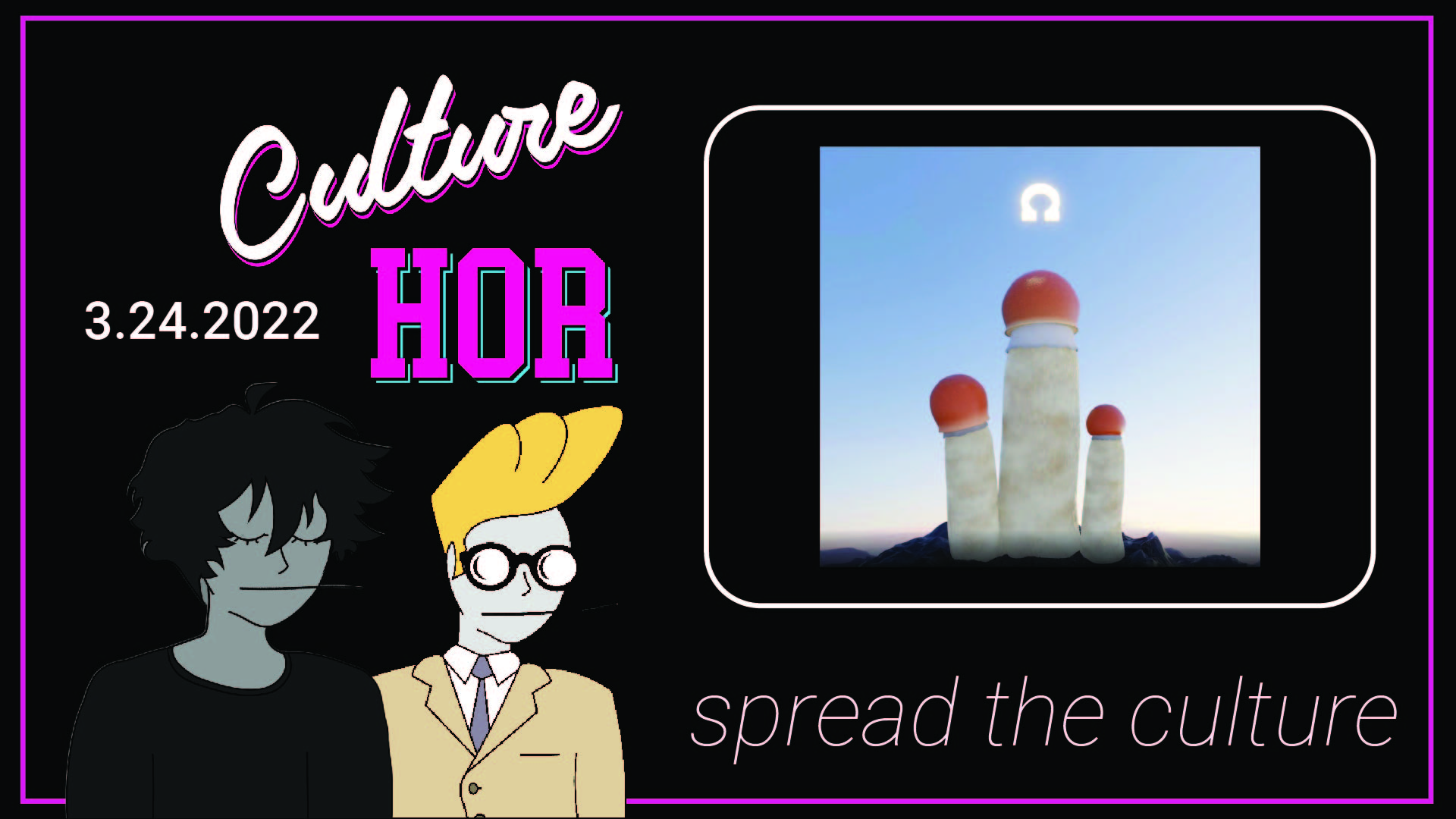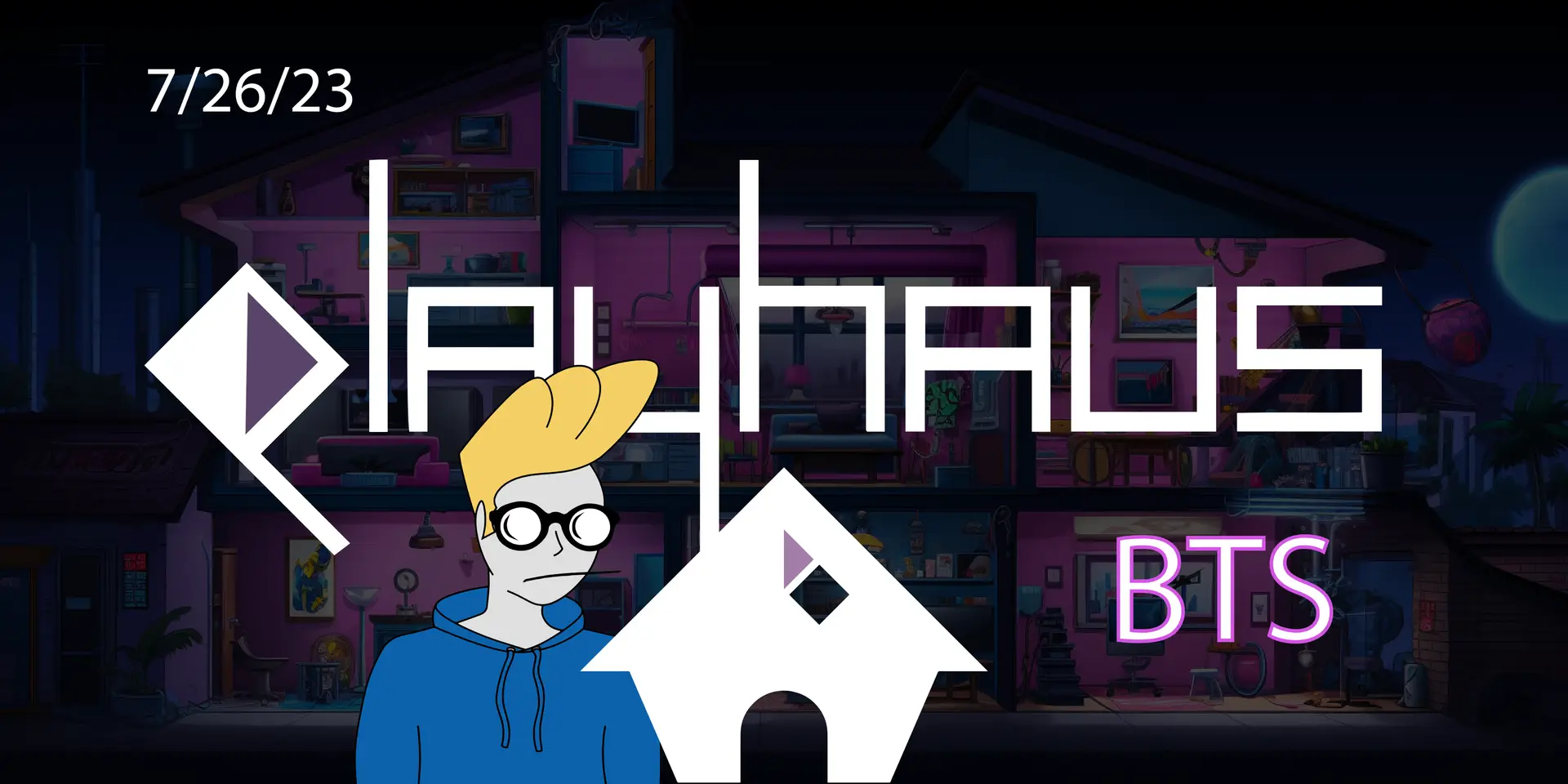Please tell me you don’t come to us for the news. If you do, the headline today is ‘Disaffected Millennials Mansplain Their Existential Angst / The Future’. Has there ever been anything more important on the Internet?
Chad & El Prof
Markets
(Price changes reflect past 24 hours as of 12.16.21 @ 12:00 PM PST.)
- Federal interest rates and crypto market cap raised in the same way — inefficiently, marginal, and too little too late.
The rise and fall of here and now.

HEN — short for ‘Hic Et Nunc’, Latin for ‘Here and Now’, the Tezos-based platform once known as the ‘Yeezy of NFTs’ — shut down on 11/11. This preceded a precipitous loss in value of the token, as well as crypto at large, which, given its fractional share of the market and cultural consciousness, is a ringing endorsement of correlation over causation if I ever saw it. Nevertheless, it left a mark with the discussions surrounding crypto burnout it sparked.
HEN garnered attention through word of mouth as an artist-first platform with a unique, gritty aesthetic and affordable gas fees, a perfect portal into the space for creators working with limited capital and collectors looking for quantity and quality. It was also the preferred platform for crypto writers. In addition to profile pictures and art pieces, there was a surplus of poems, collaborative composition projects, and even novels in the HEN feed. From the cheap, cool artwork to the endearingly buggy interface, it seemed to be the raw, authentic creator economy we’d been promised.
But HEN’s own creator, Rafael Lima, didn’t find it as endearing. Plagued by classic alpha site development issues and victim to a massive hack back in June, the founder got his fair share of criticism from the community he’d built, too. The only reasons given for the shutdown were Twitter speculation: ‘In an irresponsible act of rage [Lima] decided to leave and turn the off-switch on everything he has access to.”
I bring it up because NFTS WTF is in the process of publishing an excellent series on the history of the platform. It’s the sort of deep dive into a fringe Internet community I find so illuminating as to the lift offs and pitfalls of human progress. But it also helps bring into focus my own conflicted feelings on the crypto space.
Big picture, it’s easy to be optimistic about something supposedly paradigm shifting like blockchain technology. Smart people are saying it can change the world, and, with a little research, it’s obvious why. (Read to the bottom of this email if it isn’t yet.) It’s intoxicating to know there’s something out there with the potential to fix all our problems, and to believe it will.
But look at it closely, day in and out, as we’ve done with this newsletter (and Lima did with HEN) and you remember that, even with the technology to make meaningful change, you must trust humans to do so. But humans gonna human, or rather, chase arbitrary hierarchical shifts, dopamine hits, and micro incentives over collective progress, while whatever progress trickles in does so in painfully small increments.
I’m only projecting that this is why Lima stepped down and tried to put HEN in the ground. But it sure is why my enthusiasm flags now and again. We could well be staring up at a cloud-nine-covered peak, the decentralized utopia constantly espoused by your college-friend-turned-degen you forgot to unfollow. But for the time being, we’re knee deep in cow shit at the foot of the mountain, surrounded by those who think it’s a race to the summit. It’s sure to be a long trek with unpleasant views: VC money spent reinventing the wheel, new ways to rebrand the status quo, promising young communities burning out like the gifted child I once was.
Still, at the top, the view may well be stunning. Just look at HEN. Shortly after the shutdown, the project tweeted out its own smart contract, allowing a DAO to take the founder’s place in keeping the website operational. Tezos’ price remains in the dip, and HEN’s engagement is far from what it once was, but the interface remains, and, more importantly, the art. Nice to know some things really are immutable.
ART-isinal Algorithms

Continuing to speak about the valley of death that NFTs, and crypto more broadly, have been slumping towards for a few weeks now, is the issue I had with writing Stud Finder today.
We need better NFT discovery tools, and they need to be chain agnostic (obviously biased by ours). When ever I try to use an art filter on any of the marketplaces, PFPs flood my screen and give me nothing to talk about other than algorithmically generated trash with a really thoughtful marketing statement.
I choose these projects for the writing more than the art these days, because I’m tired of looking at profile pictures. If you want to stair into the void of emotionless, technology generated art that somehow manages to hit you in the feels, consider the artists’ point that simple laws define our universe, and we can witness their evolution through pieces like this.
(Or what passes for news nowadays.)

As we gradually pivot from blockchain news reporting to cannabidiol induced musings on the future of humanity, let’s see how quickly I can knock out the relevant stories we HORs have nothing else to say about:
- In the shark jumping moment of TIME Magazine’s bizarre bid for relevance, Elon Musk was named the 2021 Person of the Year. Next up: Logan Roy.
- Kickstarter is moving to blockchain. They plan to build a Web3-based sister service first, before eventually moving full operations onto the infrastructure. Since PFP rugpulls are the new Kobe beef jerky heists, it is a logical pivot.
- Avenged Sevenfold are not the crypto evangelists we wanted, but the ones we deserved. If the simulation glitches continue to intensify, we might land Nickelback by 2022.
- John Lennon’s son is also really into NFT art, specifically of the necrophiliac fetish porn variety. Get back, JoJo. Get back to where you once belonged.
Blockchain technology, explained.

I believe there is a general misunderstanding among the general public about the value of blockchain/crypto/web3 technologies that is severely warping our discussion of them. The discourse is all about how DeFi is disrupting the financial markets and how NFTs are the gateway to the Metaverse and will disrupt and blur the lines of virtual/reality. Both of are true, but miss the forest for the trees.
At its core, the major innovation of blockchain is providing a simple way to create a record keeping process, witnessed (digitally) by every other computer on the network using it. Secured by an almost impenetrable cryptographic algorithm, with direct links to each previous record encoded in the next, blockchain is considered unhackable. You’d need to gaslight 50% +1 of the computational power to overwrite the existing history and rewrite it for every block of data linked in the chain of records.
So who is this technology actually disrupting? Well, Google, Amazon, Microsoft, Oracle, to name a few, and just about everyone else who provides a cloud environment for developing scale Internet tech solutions. Why? Their centralized server system is prone to outages, while a blockchain network like Ethereum or Solana is not. Outside of Ragnarök or the plot of Revolution, Web3 is immutable.
Moreover, everyone who uploads their files to the blockchain cloud, even for storage, is creating an NFT of that item. You know them as cash grabs and fetish art, but an NFT is really just a unique ID in a database. Because, theoretically at least, all data is entered by a known user initially, that data would be owned by said user, unless assigned to an asset (say, a furry drawing) and sold (on, say OpenSea). This, more than anything else, poses a threat to the big data status quo. It represents a major paradigm shift in the control over data, the most vital Internet resource needed to deliver the majority of solutions delivered by current technology companies today.
What’s exciting for me is how well this technology is positioned as the free-market answer to the current political grievances of both parties against web2 technology companies today. A good get, considering massive data silos (and management thereof) comprise a lot of the problems we now collectively face. The rest of those problems, however, are comprised by human nature, which no technology can change, but might explain why money laundering resources and artificially generated status symbols make up the vast majority of current use cases on the blockchain.
So, no, there’s not a whole lot to report on Web3 these days outside of Sean Ono Lennon’s cringeworthy skull porn fascination. Like Copernicus and Aristarchus before him, we know truly cutting-edge ideas never flourish in their own time. But please don’t for a second think that dragging the Lazy Lions DAO and appreciating the potential of the technology are mutually exclusive. And if you have a better idea for blockchain utilizatin than a Discord channel raising money to buy the four corners of the flat earth, please, tell us. We want to be told.
SLOPPY SECONDS
- The Person of the Year was apparently, inevitably a really shitty husband
- The gonzo Bored Ape expose to end all others



